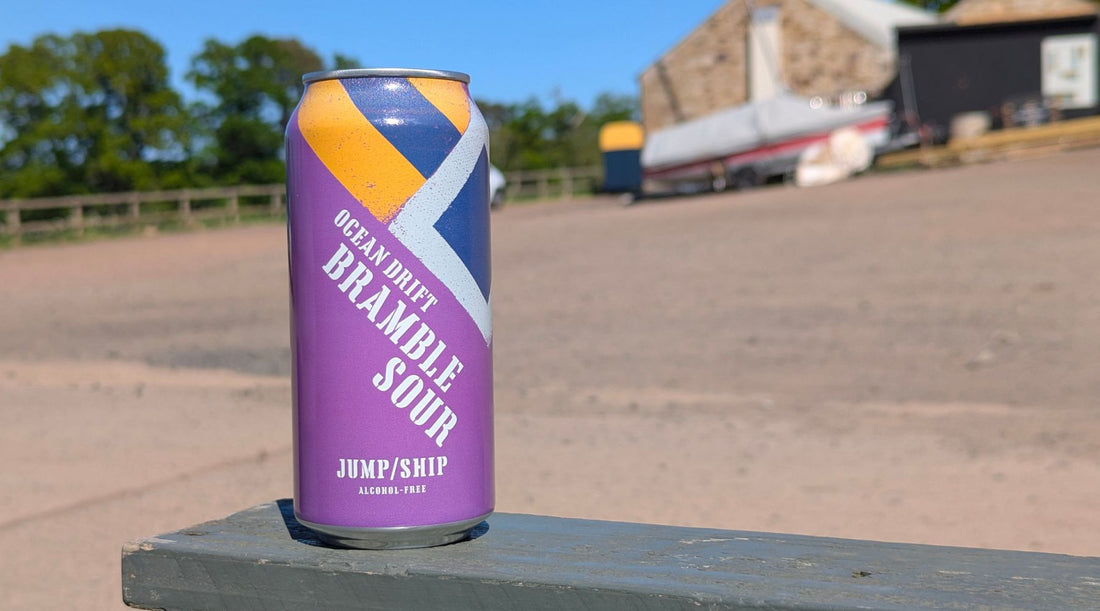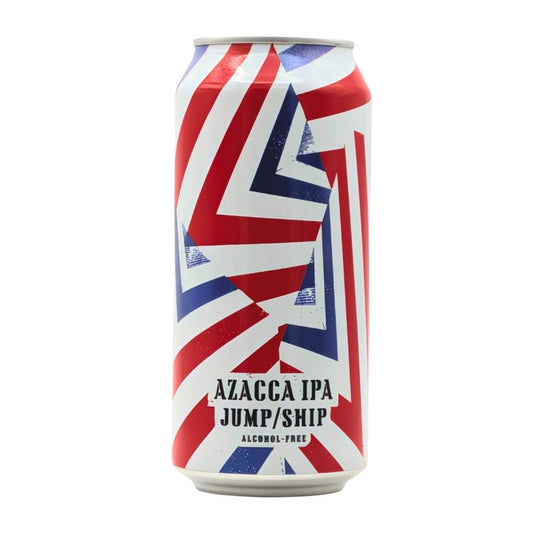
How to brew an alcohol-free sour
Sour beers are taking the craft beer world by storm, bringing in drinkers new and old with their tart, refreshing zing and complex flavours across traditional and modern styles. But what if you want all that punchy acidity but without any of the alcohol? Here's how we pack in the flavour without the booze.
What Are Sour Beers?
Sour beers are a huge family of beer styles defined by their intentionally tart, acidic character. Unlike the typical ales and lagers you would find on the bar in your local pub, sours are crafted to be anything from lightly tart to puckeringly acidic. Classic styles include Belgian lambics, German Gose, and Berliner Weisse. More recently, the focus has been pushed towards heavily fruited sours, often incorporating dry hopping and novel flavour combinations. Traditionally, these beers get their tang from wild yeasts and bacteria, often through open fermentation or barrel aging, resulting in a spectrum of flavours from dry and citrusy to funky and earthy.
Yeasts and Bacteria
The unique taste of sour beer can come from a host of microbial characters:
-
Lactobacillus: These lactic acid-producing bacteria are the main drivers of sourness, producing the sharp, clean acidity often found in fruited sours.
-
Brettanomyces: This wild yeast brings complexity, funk, and a touch of barnyard to beers - often found in traditional styles.
-
Saccharomyces: The standard brewer’s yeast, found across sour and non-sour beers alike.
There are many methods of adding these to your beer. They may be pitched into the unfermented wort to ensure a specific strain is present. you can also source them from unmalted grains, which contain an array of yeasts and bacteria. perhaps you're more of a traditionalist, though and prefer to allow the yeast and bacteria to colonise your beer from the air or the barrels you store it in. All of these methods can provide different characteristics to the final beer, depending on the style of beer you're aiming for.
The Challenges of Brewing Alcohol-Free Sours
Here’s where things get tricky. While controlling a standard fermentation is something we've got a wealth of experience with, managing a sour culture is a whole new battle - never mind when you combine the two! We have 3 key aspects to work on:
-
Balancing acidity: A great sour beer has got to hit the mark when it comes to the level of acidity. Too acidic and the beer may taste great but you can only have a few sips before putting it down - not sour enough and the beer can be underwhelming.
-
Flavour stability: By adding acidity, the entire flavour profile of your beer changes - even more so with an alcohol free beer. With fruit additions bringing an additional sweetness and body, dialling in all of the flavours is key to making a great sour alcohol free beer.
-
Fermentation management: We don't just have an alcoholic fermentation to keep under control, when adding the souring into the process we're also controlling the pH of the beer at the same time. These two processes interact with each other, with the acidity impacting the yeast health and ingredients such as hops reducing the activity of many souring bacteria too. Getting the balance right is tricky and requires a deft touch.
How We Brew Alcohol-Free Sours at Jump Ship Brewing
Our process is all about precision and patience:
-
Controlling fermentation: The yeast and bacteria selection is crucial to ensure both alcohol and acidity are kept in check and land exactly where we want them in the final beer. We have to keep an even closer eye on the fermentation as the additional sugars from the fruit additions can easily be converted to alcohol by the yeast if not kept in check.
-
Fruit format and timing: The timing and format of the fruit we add has a massive impact on how that character comes across in the final beer. Whether you use an extract, concentrate, juice, puree, or whole fruit will influence how the fruit will present itself. Add to that, adding each of these formats in the mash, boil or at some stage through fermentation and conditioning will lead to different flavours to jump out.
-
Conditioning: With so much going on in these beers, it is important to let them settle and meld with each other before packaging into cans or kegs. This also allows the beer to become clearer as well as giving us the chance to slowly carbonate it to the perfect level allowing flavours to pop out of your glass.
We finish things off by pasteurising all of our cans to ensure there isn't any secondary fermentation in the can and to stabilise the flavours so you get exactly what we want from each can.
Brewing an alcohol-free sour is a true test of skill and patience. At Jump Ship we’re proud to chart this course exploring new oceans of flavour.
Curious to learn more or try our latest release? Click here to check out the store.


